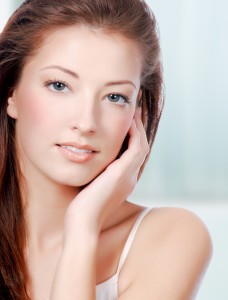The many uses of skin bleaching 2/10/11
There are differe nt uses for skin bleaching products. These can include fading or even getting rid of age spots (sometimes called “liver” spots) and minor blemishes, such as small areas of melasma (a discoloration of the skin caused by pregnancy or by over-exposure to natural or artificial sunlight) or birthmarks that aren’t too dark. It may also be possible to lighten freckles to some extent; however, as these are hereditary, there may not be much that can be done in this area.
nt uses for skin bleaching products. These can include fading or even getting rid of age spots (sometimes called “liver” spots) and minor blemishes, such as small areas of melasma (a discoloration of the skin caused by pregnancy or by over-exposure to natural or artificial sunlight) or birthmarks that aren’t too dark. It may also be possible to lighten freckles to some extent; however, as these are hereditary, there may not be much that can be done in this area.
Those who want to get rid of or at least reduce the appearance of dark spots, especially on the face, neck, and back of the hands may see the best results, especially if they use skin bleaching products as often as they safely can, and step up their use of sun protection. Both commercial products and those made with natural ingredients can be used on dark spots.
Some “home made” skin bleaching products can be especially successful, not only because they contain ingredients that can naturally lighten skin, but also because they can most likely be used more often than commercial products. This can be especially true of products with natural ingredients that do not include bleach or ammonia.






